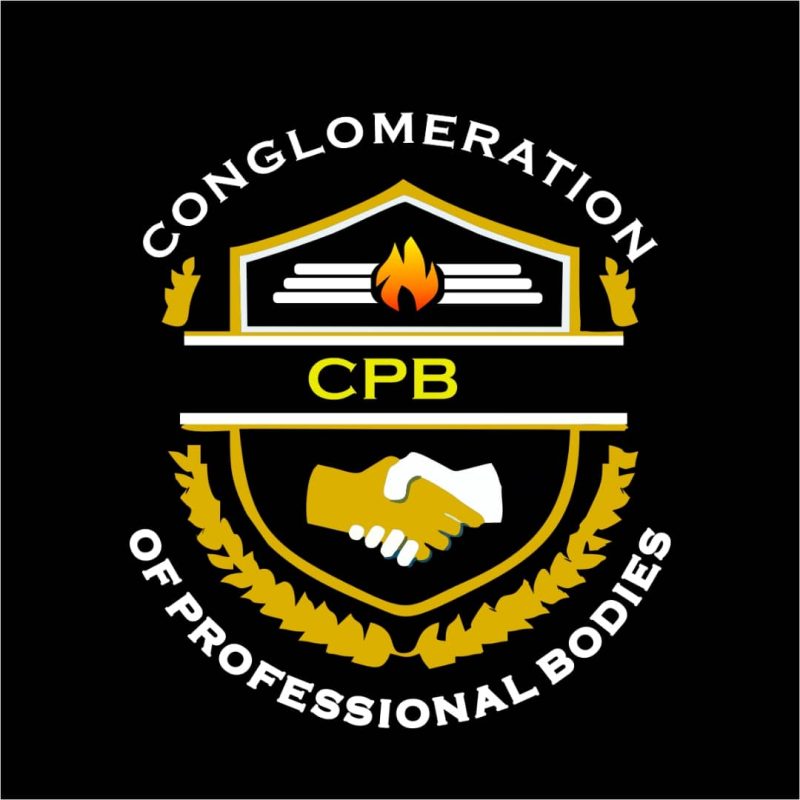Scientific approaches to conflict resolution emphasize understanding the root causes of conflict,
promoting open communication and utilizing structured processes to find mutually agreeable solutions. These approaches often involve active listening, identifying shared interests, and employing techniques like negotiation and mediation.
Key Principles and Techniques:
*Active Listening:
Paying close attention to what others are saying, both verbally and nonverbally, to understand their perspective and feelings
. *Empathy:
Trying to understand the situation from the other person’s point of view, acknowledging their emotions and needs.
*Clear Communication: Expressing concerns and needs clearly and respectfully, while also being open to feedback.
*Fact-Finding:
Gathering information to understand the factual basis of the conflict and dispel misunderstandings.
*Identifying Shared Interests: Focusing on common goals and needs to find solutions that benefit all parties.
*Negotiation:
A process of discussion and compromise to reach an agreement that addresses the needs of all involved.
*Mediation:
Involving a neutral third party to facilitate communication and help parties reach a resolution. *Problem-Solving: Working collaboratively to identify potential solutions and evaluate their feasibility and effectiveness.
*Compromise:
Finding a middle ground where each party gives up something to reach an agreement.
*Collaboration:
Working together to create a solution that satisfies the needs of all parties.
*Specific Approaches:
The 5 Cs (Communication, Compromise, Clarification, Confrontation and Circumvention)
This framework emphasizes a structured approach to conflict resolution in the workplace, focusing on effective communication and finding common ground.
The *3 Rs (Recognize, Respond, Resolve):
This approach highlights the importance of acknowledging the conflict, responding thoughtfully, and working towards a resolution.
* The Thomas-Kilmann Model:
This model identifies five conflict-handling styles: avoiding, competing, accommodating, compromising, and collaborating, each with its own strengths and weaknesses. *Levels of Conflict Resolution: These scientific approaches can be applied at various levels, including: *Intrapersonal:
Conflicts within oneself (e.g.,) conflicting values, goals). *Interpersonal: Conflicts between two or more individuals. *Group/Organizational: Conflicts within teams or organizations. *Intergroup: Conflicts between different groups or departments within an organization. *International/Societal: Conflicts between nations or large social groups. By applying these scientific approaches, individuals and groups can effectively manage and resolve conflicts, leading to improved relationships, increased productivity, and a more harmonious environment. Be a Goal-oriented Peace Advocate.

